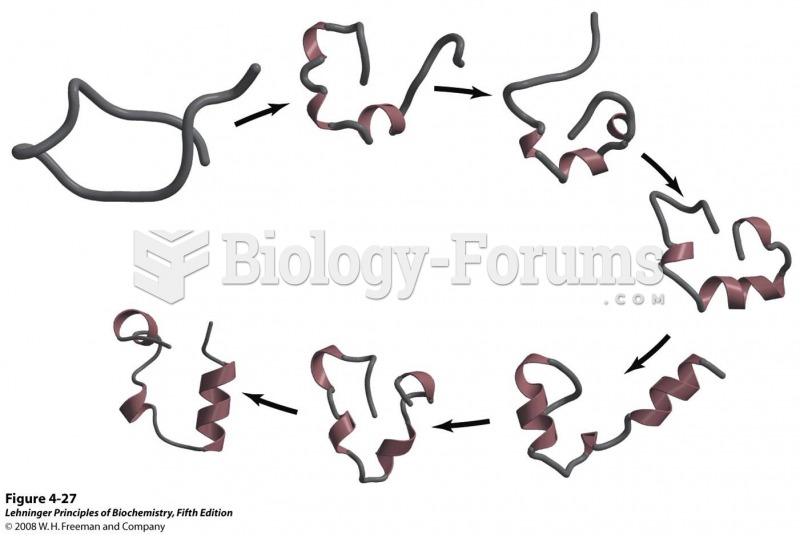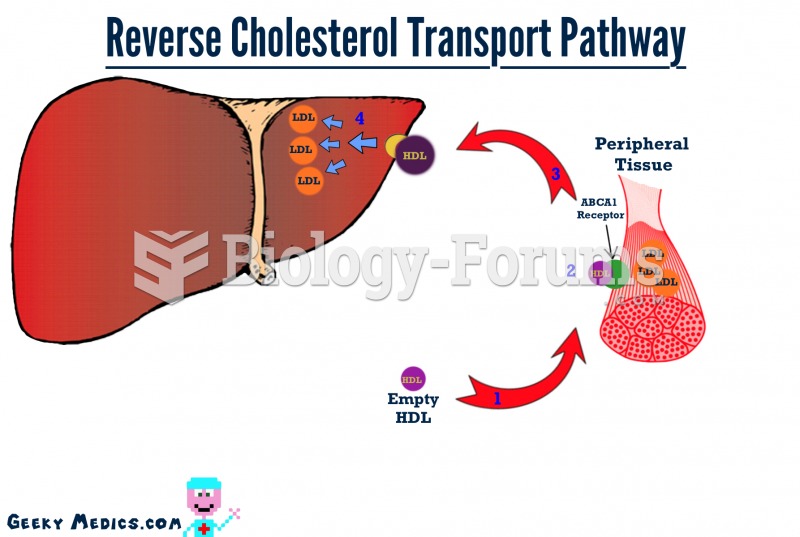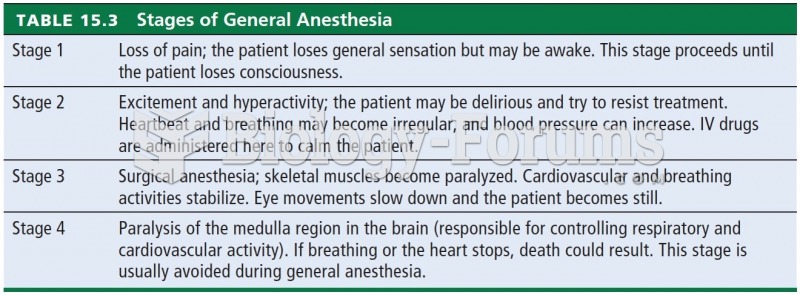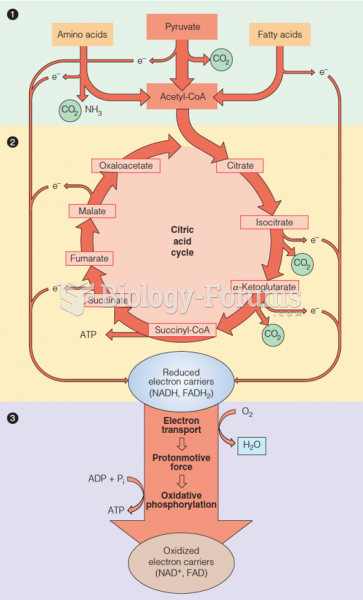Answer to Question 1
First stage: seduction
- This corresponds to Kaplan's desire stage.
- In Reed's model, desire is created by the behaviors people engage in that they believe will attract another person and make themselves sexually attractive to others.
- Examples include: wearing cologne and perfumes, using makeup, dressing in alluring ways, flirting, and making eye contact, among others.
Second stage: sensation
- This is when sexual behavior and sexual arousal begin, similar to the excitement and plateau phases in the EPOR model.
- Reed said that during this stage, our heightened senses, fantasy, and imagination combine to feed the arousal and motivate us to make it continue.
Third stage: surrender
- Reed believed that the peak of sexual arousal was orgasm, which he conceived of as a giving over of oneselfa surrender, as he called it.
- He saw orgasm as the culmination of sexual intimacy.
Fourth stage: reflection
- This is the after-orgasm phase.
- It's a time when both partners reflect on the experience and bring meaning to it.
- The importance of the reflection phase is that it provides an opportunity for partners to interpret the sexual encounter in positive or negative terms.
- This helps us make choices about whether or not to engage in the activity again, under the same circumstances, or with the same partner.
Answer to Question 2
- Kaplan believed that Masters and Johnson's model had too many rigid, sequential stages.
- Kaplan believed that sexual responding was unlikely unless someone wanted to be sexual; the first stage of her model was desire.
- Kaplan's Three-Stage Model consisted of desire, excitement, and orgasm.
- She rejected Masters and Johnson's notions of plateau and resolution.
- Kaplan believed that their plateau stage was a part of excitement.
- Kaplan believed that resolution rarely posed any sexual problems, and was therefore of little clinical interest.
- Kaplan believed that difficulties with sexual desire are common.
- She believed that many factors could interfere with sexual desire.
- Kaplan's model added desire at the beginning of the stages, and streamlined the sexual response cycle.
- Her model became a popular alternative approach to Masters and Johnson's EPOR model for understanding, evaluating, and treating problems with sexual responding.







